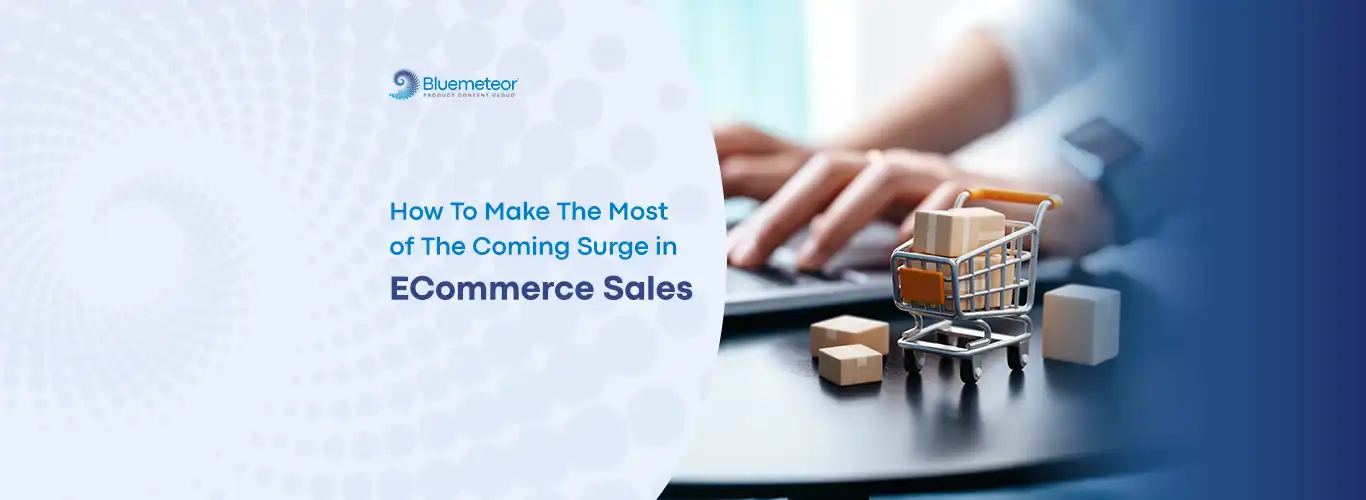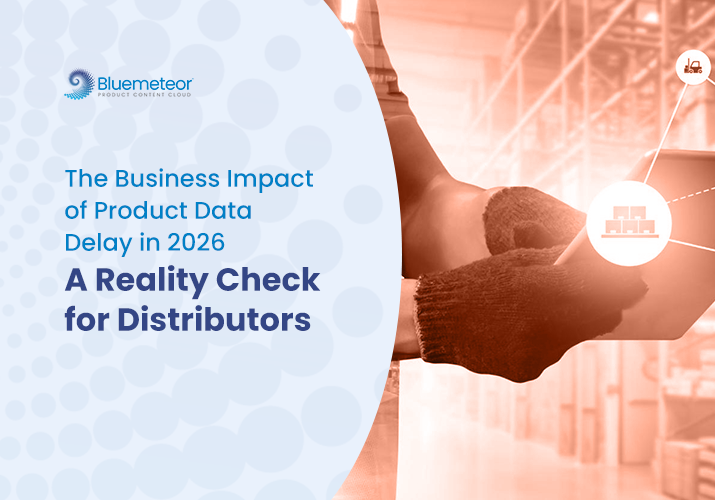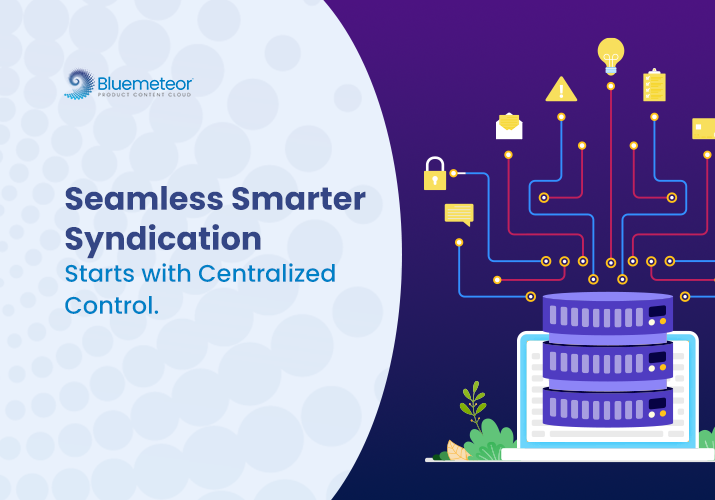How To Make The Most Of The Coming Surge In eCommerce Sales

eCommerce in several sectors promises to make 2021 numbers look much better. From fashion to medicine and food, nearly all commodities and services were beginning to move retail operations online to help meet the demands of consumers stuck at home or reluctant to initiate physical contact.
2020 wasn’t a good year for most businesses having physical stores or manual sales processes courtesy of the COVID 19 pandemic. But retail brands that embraced eCommerce strategies started seeing the turnaround. In fact, in the US alone, the second financial quarter of 2020 witnessed eCommerce sales peak to such an extent that out of every 5 USD a consumer spent during this time, 1 USD was spent online. The holiday shopping season was a blowout success in the online world. This is the new normal for the retail world.
Businesses are looking to leverage technology to fortify or open a new digital sales channel online. If that’s you, what should you do to make the most out of the surge in eCommerce sales globally?
Here are 5 tips:
Digitize your supply chain
One of the biggest success factors for eCommerce sales is to ensure that every order is fulfilled in the fastest time. For this to happen, businesses need to have visibility into their entire operations ranging from sourcing to logistics and inventory management in their warehouse. There is a crucial role here for product content in ensuring alignment across functions, business units, and locations. In simple terms, they need to be well informed about their supply chain to ensure that customer expectations are seamlessly handled. For this to happen, multiple fragmented pieces in your supply chain need to be knitted and unified with digital tools and based on a robust product information management strategy to help identify and report crucial data about raw materials/inventory, logistical routes, and delivery commitments.
Intelligent Marketing
Up to 2.1 Billion people were expected to buy online in 2021 according to studies that were conducted before the COVID 19 pandemic began taking shape. So, the actual numbers might well be significantly higher than even this blowout estimate. But for businesses, it is important to find and target the right customers for faster conversions. For this, they need to roll out personalized campaigns through marketing automation platforms and calculate the ROI on their marketing spends. They need to acquire as much behavioral data about potential customers and craft strategies to roll out promotion emails, online ads, and other digital marketing initiatives successfully. Then once the buyer is on the site, it’s over to the customer experience driven by making it easy for them to find what they’re looking for and get the information necessary for them to proceed in their buying journey.
Improve personalization
Nearly 80% of consumers are willing to make a purchase at an online retailer if they are served with a personalized experience for every visit. Companies need to understand that the data they have from different sales channels about customers is their biggest weapon to improve their operations. Be it feedback about products, or about the entire shopping experience, everything needs to be captured as data that can be used to understand customer habits. This will help offer them personalized recommendations and elevated search and browse experiences. Up-selling and Cross-selling is a very lucrative opportunity in online retailing as companies can roll out very enticing spot offers to potential customers and induce them to spend on more along with their main purchase. Personalization is one of the best ways to monetize data that companies have accumulated in the past from their physical or online operations by channeling new online sales techniques based on this data.
Embrace Artificial Intelligence and Machine Learning
AI and ML are today no longer just concepts that businesses with deep pockets experiment with. This is mainstream technology embraced by almost every company that is forward-thinking. eCommerce businesses are no exception. By incorporating AI-powered chatbots, pricing and recommendation engines, automated CRM systems, etc. eCommerce sales can be greatly bolstered by improving trust, delivery performance, and customer experiences. AI, among other strategies, can help address issues like reduce cart abandonment rates. Another area where AI can help is in intelligent automation of different departments within your business to help in improving efficiency and reducing the cost of operations. It could become possible to developing new product categories and their attributes faster than ever before with innovative solutions like Amaze Intelligence . In fact, IBM researchers opine that with intelligent automation, businesses have the potential to improve eCommerce revenue growth by a whopping 10%.
Drive new loyalty programs
Repeat customers are a key source of revenue for any business. This is, obviously, even truer for the B2B space. eCommerce brings in new rules to win repeat business customers. A tailored loyalty program offering members discounts, faster shipping, and more personalized support can help in alleviating the overall customer experience . Consider what the world’s biggest e-tailer Amazon does with its Prime Membership program. Today, there are technology solutions available that let you customize your own tailored membership and loyalty programs. You can also enable split payments using loyalty points, partnerships with other leading online programs such as value-added services, etc. to help deliver better value for every penny a customer spends on a loyalty program.
eCommerce is here to stay. For most businesses, including B2B businesses, the mandate is “Digital transformation or bust.” With the technology ecosystem available today, it’s become easier for businesses to set up and deploy an online retail store in significantly lesser time than it took earlier. That’s a good thing considering how the world of retail sales has changed in just the last 6 months.




